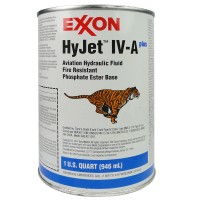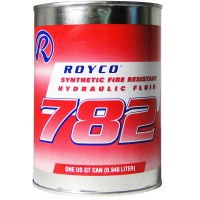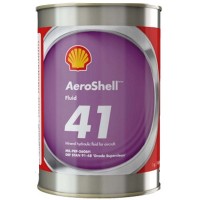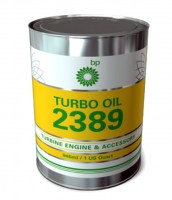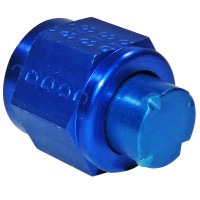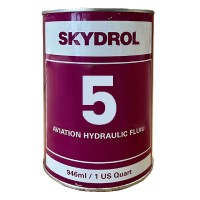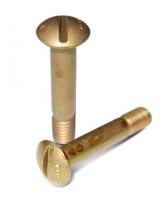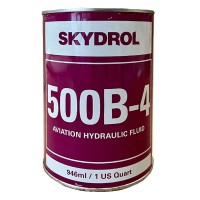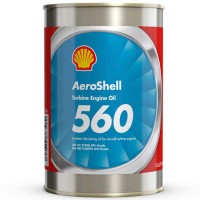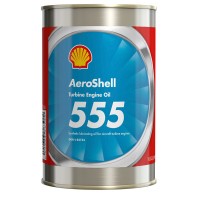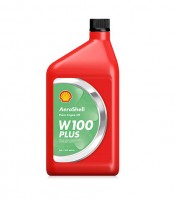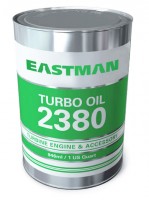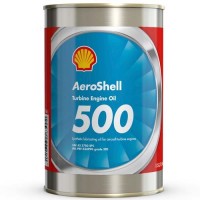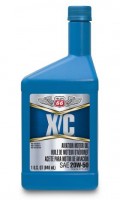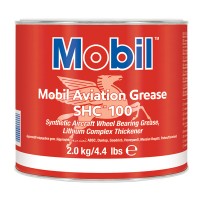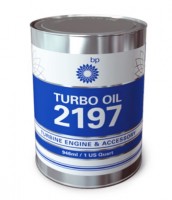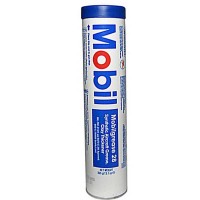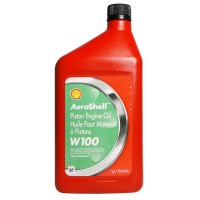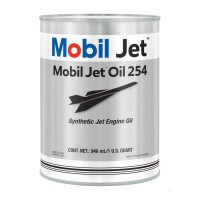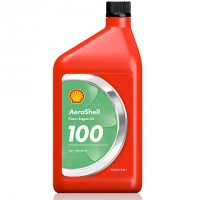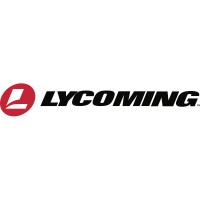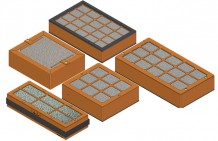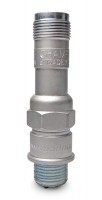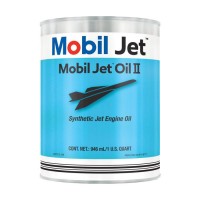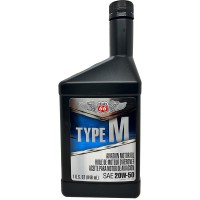FREE SHIPPING ON ORDERS OVER $350 (SOME EXCLUSIONS APPLY) | 877-4-SPRUCE
Aeroshell Turbine Oil 390
Select Order Quantitiy:
QuartCase of 24Overview
|
Helps to improve auxiliary power unit (APU) starting reliability, particularly coldsoak starting. ASTO 390 can help to improve auxiliary power unit (APU) starting reliability, particularly coldsoak starting. It is a 3-cSt synthetic diester oil incorporating a carefully selected and balanced combination of additives to improve thermal and oxidation stability and to increase the loadcarrying capacity of the base oil. Reliable Cold-Soak Starting Products such as ASTO 390 are commonly used in the APUs of four-engine intercontinental aircraft, but are now being considered for use in twin-engine aircraft. If a main engine fails, you need to have confidence that your APU will start reliably. An aircraft’s extended range twin operations (ETOPS) certification^ is partly based on the reliability of back-up systems such as the APU. In the event of engine failure, the APU must make up for any reduction in electrical power. APUs are typically shut down when cruising. During this time, the oil can be cooled to less than –40°C. At this temperature, the viscosity of standard 5-cSt oil increases to about 10,000 cSt. This causes a large viscous drag that may result in a hung start. ASTO 390, with its much smaller viscosity increase of typically 2,000 cSt at –40°C, can help to improve cold-soak start-up reliability and thus maximise ETOPS times, as it has significantly lower viscosity at cold-soak start-up temperatures (–40°C) than a standard 5-cSt oil. |
WARNING: Cancer and Reproductive Harm - www.P65Warnings.ca.gov. |
Specifications
- British Approved: DEF STAN 91-94
- Russian: Analogue to IPM -10, VNII NP 50-1-4f and 4u, and 36Ku-A
- Joint Service Designation: OX-7
Q&A
Please note, Aircraft Spruce ®'s personnel are not certified aircraft mechanics and can only provide general support and ideas, which should not be relied upon or implemented in lieu of consulting an A&P or other qualified technician. Aircraft Spruce ® assumes no responsibility or liability for any issue or problem which may arise from any repair, modification or other work done from this knowledge base. Any product eligibility information provided here is based on general application guides and we recommend always referring to your specific aircraft parts manual, the parts manufacturer or consulting with a qualified mechanic.


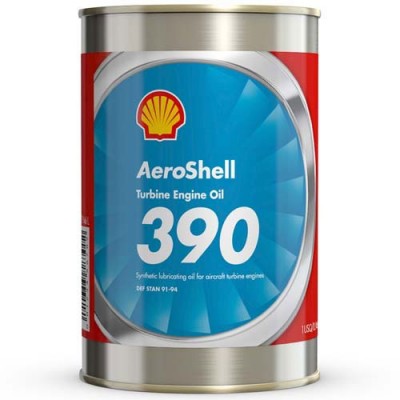





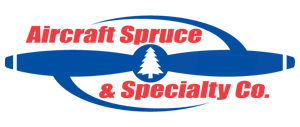 FREE Shipping
FREE Shipping
